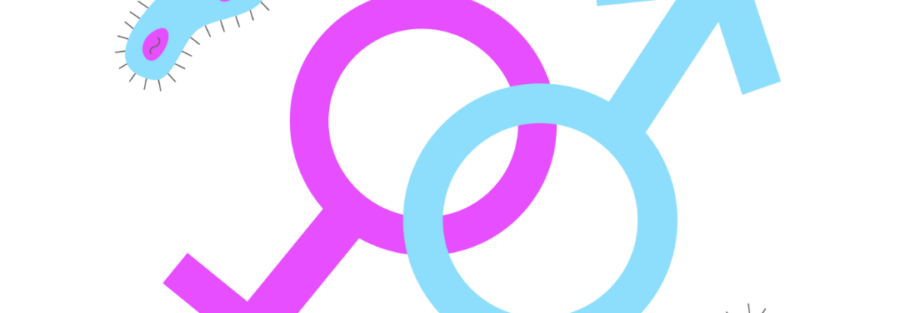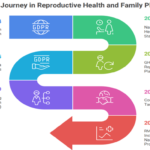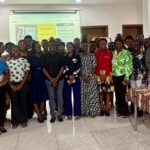What would it mean to live in a world where everybody, every choice, and every identity is respected without question? For countless women, girls, and young people, that vision is still far from reality. Stigma, restrictive cultural norms, and policy gaps continue to create barriers that deny them access to essential sexual and reproductive health.
On World Sexual Health Day, September 4, 2025, we are reminded of the need to take action through this year’s theme, “Sexual Justice: What Can We Do?”. It is a reflection and a challenge directed at all of us; communities, institutions, and individuals alike.
At its heart, sexual justice means freedom. The freedom to make informed choices, access resources, and live with dignity and autonomy. It calls for dismantling the social, political, and legal barriers that compromise safety and equality. For women and girls, this is not a privilege; it is the foundation of justice itself.
Consider the girl who dreams of completing her education but is pushed out by child marriage or early pregnancy. The woman who risks violence for choosing contraception. The adolescent silenced from asking questions about their body because the culture has normalized shame. Can we truly call our societies just while these realities persist?
Sexual justice compels us to act differently. It challenges the silence, the stigma, and the myths that deny people knowledge and power. It reminds us that sexual and reproductive health is not a luxury for a few but a right for all.
Access to information is a critical part of this struggle. Too often, myths replace facts, shame replaces openness, and silence becomes the loudest barrier. If information is power, then sexual justice demands that everyone, not just a privileged few, has access to accurate, evidence-based, and culturally relevant knowledge.
This year’s theme reminds us that sexual justice is not an abstract concept. It is the mother who deserves safe maternal care. The teenager who needs reliable information to make informed choices. The woman who refuses to be silenced about her body. The young person exploring their identity and seeking acceptance without fear.
So, what can we do?
We can break the silence, even in spaces where speaking out feels risky. We can challenge harmful norms passed down for generations. We can demand policies that protect instead of punish. And we can commit to ensuring that every girl, every woman, and every young person survives and thrives with dignity, freedom, and choice.



